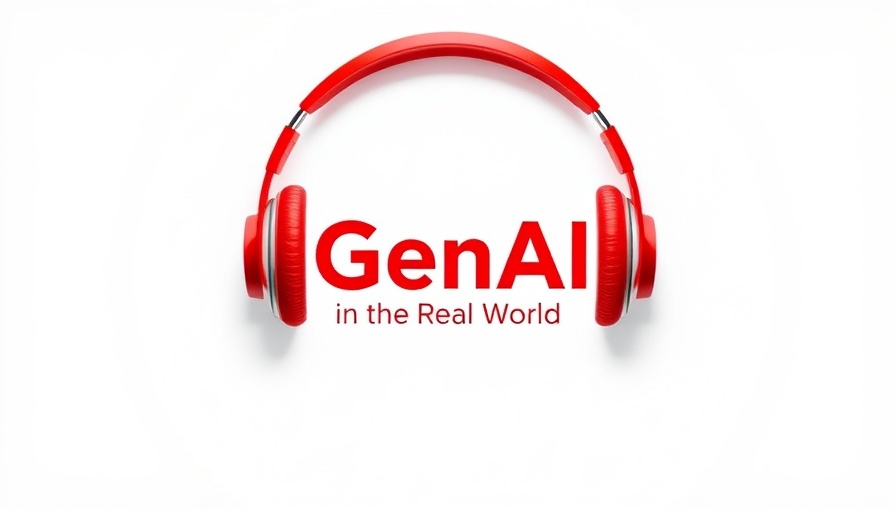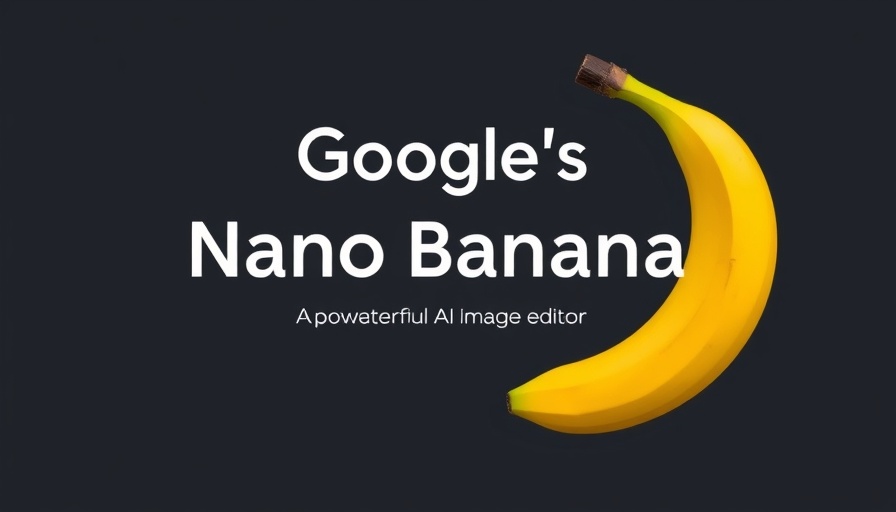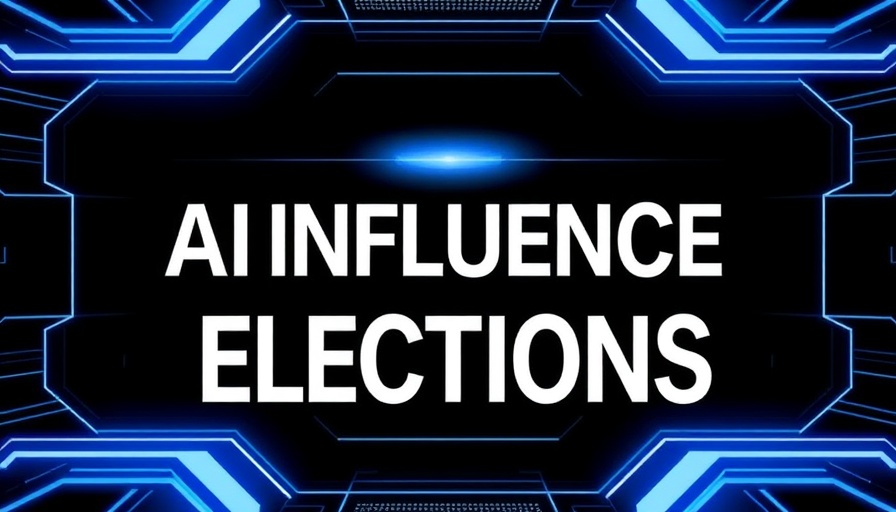
Exploring Agent-to-Agent Communication in Generative AI
In the rapidly evolving landscape of artificial intelligence, the concept of agent-to-agent (A2A) communication is gaining significant traction. With the advent of generative AI technologies, the discussion surrounding how these agents can interact and collaborate is becoming critical for businesses of all sizes.
Why A2A Protocols Matter
As highlighted by AI experts Heiko Hotz and Sokratis Kartakis, A2A protocols are essential for seamless communication between agents. Unlike traditional APIs that require synchronous interactions, A2A enables agents to operate asynchronously, allowing for greater flexibility and efficiency in task execution. This capability is particularly vital as organizations look to integrate various AI tools and applications across their enterprise.
Implications for Future Development
With the growing complexity of AI systems, the ability for agents to communicate effectively opens new avenues for innovation. Developing frameworks that facilitate A2A communication will empower teams to leverage each other's work more efficiently. Imagine a scenario where one team creates a task-oriented agent that another team can utilize for their specific applications — this potential collaboration holds transformative power for creative and operational processes alike.
The Road Ahead
As we move towards a future dominated by intelligent agents, the focus will increasingly shift from single-agent systems to multi-agent ecosystems. Businesses that recognize and adopt these cutting-edge protocols early will likely possess a competitive edge. The collaboration between AI agents is not just a matter of convenience; it represents a paradigm shift that could redefine productivity and innovation across industries.
 Add Row
Add Row  Add Element
Add Element 



Write A Comment